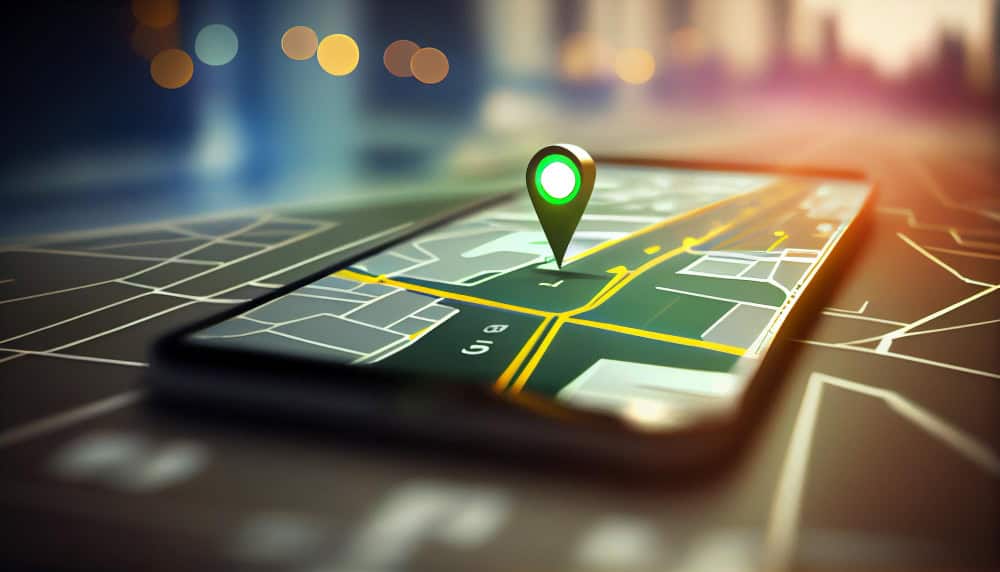The world as we know it is driven by communication, but the evolution of new technology in recent years has led to a change in the way communication is happening, both in terms of human connection and industry verticals. Digital transformation is at the core of future communication technology. The technology allowing for the constant transfer of information and data through machine to machine, human to machine, and human to human transmission.
Table of Contents
ToggleWhy is future communication technology dominating all industries and aspects of life?
Communication technology is impacting every area of our lives, businesses, and industries. Technology enhances efficiency and productivity as well as profitability, in the case of a business. This will be further amplified by the implementation of the 5G wireless network and the capabilities that the Internet of Things (IoT) will bring.
5G, with its enhanced connectivity, will accelerate how we, as humans, communicate with each other as well as how we communicate with machines. This is largely due to the fast speeds, enhanced bandwidth, and low latency associated with 5G, which will allow for almost real-time telepresence across different locations. 5G and IoT opens up a world of opportunity and we are starting to see this through the development of smart cities, globally. This enhanced connectivity allows for more IoT devices like smartphones, laptops, self-driving cars, robotics, machinery, etc. to connect to the network and drive innovation in this space.
This will also have a significant impact on the amount of information and data being transmitted over the networks, the speed at which we are able to communicate, and the way we communicate. We can break future communications technology into three distinctive fields being machine to machine (M2M), human to machine, and human to human. We explore each of these in more detail below.
Machine to Machine (M2M) Communications
Machine-to-machine or M2M, as it’s often referred to, uses Artificial Intelligence (AI) and Machine Learning (ML) to exchange information between networked devices to perform actions automatically without the assistance of humans, in real-time. M2M applications process and utilise this data to trigger preprogrammed automated responses and actions. This might sound like science fiction, but this technology is often used in scenarios where remote monitoring is needed. M2M technology has many different applications and can be used for remote-control software, robotics, logistics, fleet management, warehouse management, robotics, and more.
In the telecommunications sector, M2M can be used for connectivity management, remote working, data usage management, mobile asset management, and more. This provides the opportunity to improve operational efficiency, enhance decision making through real-time analytics, save on costs and boost revenue for businesses.
This communication technology is being utilised across industries. In the healthcare industry, it is being used to monitor patients’ vitals, statistics, etc. in real-time and then dispenses medication when needed. It can also be used to track different hospital assets like equipment, available beds, etc. This technology is also being used to create smart homes, where home appliances and other technologies operations can be controlled remotely making future communication technology prominent.
Where will this technology take us in the future? Think self-driving vehicles, cloud robotics, and more.

Human to Machine Communications
Human to machine communication refers to the interaction between humans and several different devices that work with sensors and actuators. Much of this communication is made possible by artificial intelligence and the use of chatbots, digital assistants, smart devices, virtual reality, augmented reality as well as the Internet of Things.
In business, this technology is being used to positively impact customer experience. We have all used platforms such as Facebook, Twitter and been on websites or phone calls where we interact and communicate with chatbots or some kind of automated chat messenger software. This technology allows customers to get the information they need fast and makes them feel like they are talking to the business itself, which enhances customer experience.
The information and data collected by these chatbots also provide essential insight into customer service, experience, and any problems or opportunities for improvements. This information assists businesses in understanding the customer base, their wants, and needs, to service them more effectively, which has an impact on customer churn and profitability in the long run.
Wearable devices are also impacting the human to machine communication trend. Devices such as smartwatches, google glass, and smartphones all allow for real-time tracking and monitoring of different elements that can affect you as a human. These wearables are used to track health and fitness elements, provide information in relation to our environment, and can be used to enhance efficiency, like using a smartwatch to make a payment at a restaurant.
Human to Human Communications
Technology is being used as collaboration tools for human to human communication. How is this done? Just think about how you have been using technology during the Covid-19 pandemic. We can bet that you attended your fair share of Zoom calls, used video conferencing services, communication platforms like email, instant messaging and more. Technology is a communication tool that has allowed human connections to take place across borders, from different places and locations globally, and on different networks. Many businesses have gone remote because of this and the capabilities of technology that allow work to continue on as long as there is secure network access.
In the future we expect technology to take this a step further, especially where virtual reality (VR), 3D technology and holograms are concerned. You never know, future communication technology may enable you to virtually sit in a boardroom with your peers while each of you is sitting in different locations around the globe.
Conclusion
If you look back to the 1990s, no one could have predicted how technology has developed and expanded since. We are now in a position to understand the value of communication technology and how it can enhance industries, businesses, and our lives in general. The future of communication technology is bright and with so many advances happening every single day the opportunities are limitless.
APN-as-a-Service is a reliable solution to business continuity and remote working

As the Global Head of Marketing and Business Development with 20 years of experience, Agnieszka’s expertise lies in the practical implementation of digital and traditional marketing strategies for B2C and B2B companies. Through her long-term, client-focused, strategic approach, and branding experience, she continues to develop innovative marketing plans that yield significant results. Now working in the SaaS industry, she oversees a multitude of solutions within the telecommunications industry including Customer Experience & Self-service, VAS, NextGen, IoT, FinTech, and Advanced Analytics.





